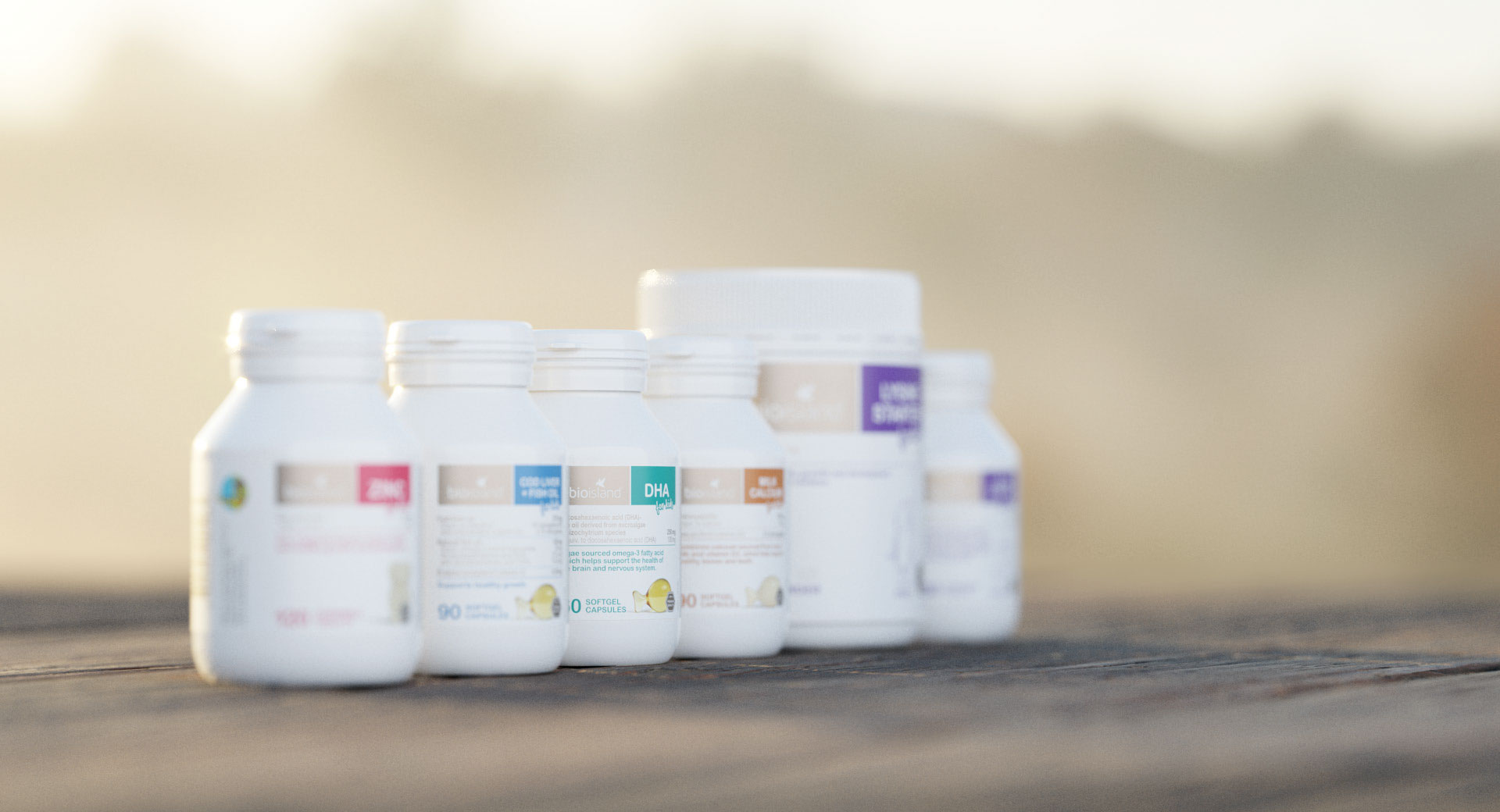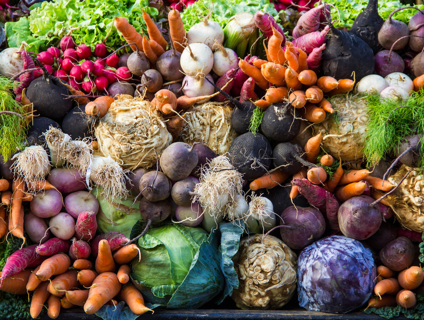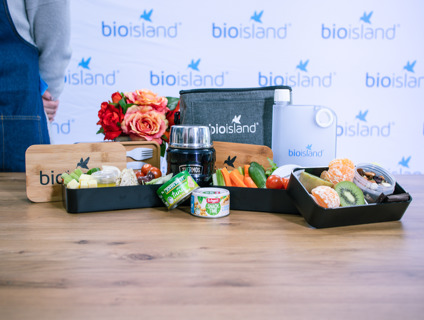
10 ways to increase your vegetable intake
According to an Australian health survey, only 7% of the population are eating the recommended daily serves.
By Bio Island Nutrition Team
An average adult should consume at least 5 serves of vegetables a day. A standard serving of vegetables is about ½ cup cooked green vegetables, ½ cup cooked beans or lentils, 1 cup raw salad or 1 medium tomato.
According to an Australian health survey, only 7% of the population are eating the recommended daily serves. Vegetables provide the human body with an array of vitamins and minerals that support the constant needs and changes occurring. Vegetables are a fundamental part of being able to function and live a healthy life.
Below is a list of different ways you could increase your daily vegetable intake, which will help you achieve the required Australian standards:
1. Add vegetables to your breakfast. You can add a various number of veggies to any omelette or hot breakfast or even a smoothie which could easily equal to 2 serves done for the day.
2. Have celery and carrot sticks pre cut and ready in your bag or fridge to grab on the go. Having a batch of roasted veggies for the week is also a great versatile on the go option.
3. Always looking at your lunch or dinner and count out 3-4 different vegetables will make you more aware of your intake. Try to make your plate as colourful as possible.
4. Making a veggie-based soup will be not only packed with several vegetable servings but also full of vitamins to support your health.
5. Instead of using pasta, try using zucchini or carrot noodles or even cauliflower pizza crust to help increase your daily intake.
6. Plan your meals for the week. This will not only help you budget and not waste food but also help you achieve your daily serves for all food groups.
7. Have a veggie only day, this can help with digestion and you can make sure to switch your meat for protein packed plant based foods, like lentils.
8. Always have vegetables available and full in your fridge and pantry. So, there is no excuse to not having any ready to go.
9. Buy vegetables you enjoy eating and cooking, try cooking them differently or you can even marinate them to add some extra flavour.
10. Keep in mind how happy your belly and body will be. Healthy eating is a lifestyle and a behaviour and at the end of the day you are only benefiting yourself and potentially encouraging the people around you to be healthier too.
Vegetables are an important part of staying healthy and receiving vital vitamins and nutrients. As part of a balanced diet and lifestyle they reduce the risk of various diseases or problems and overall can make you feel a lot better. Food is fuel, so what you eat and decide to put in your body is how it will reward and benefit you lifelong.




